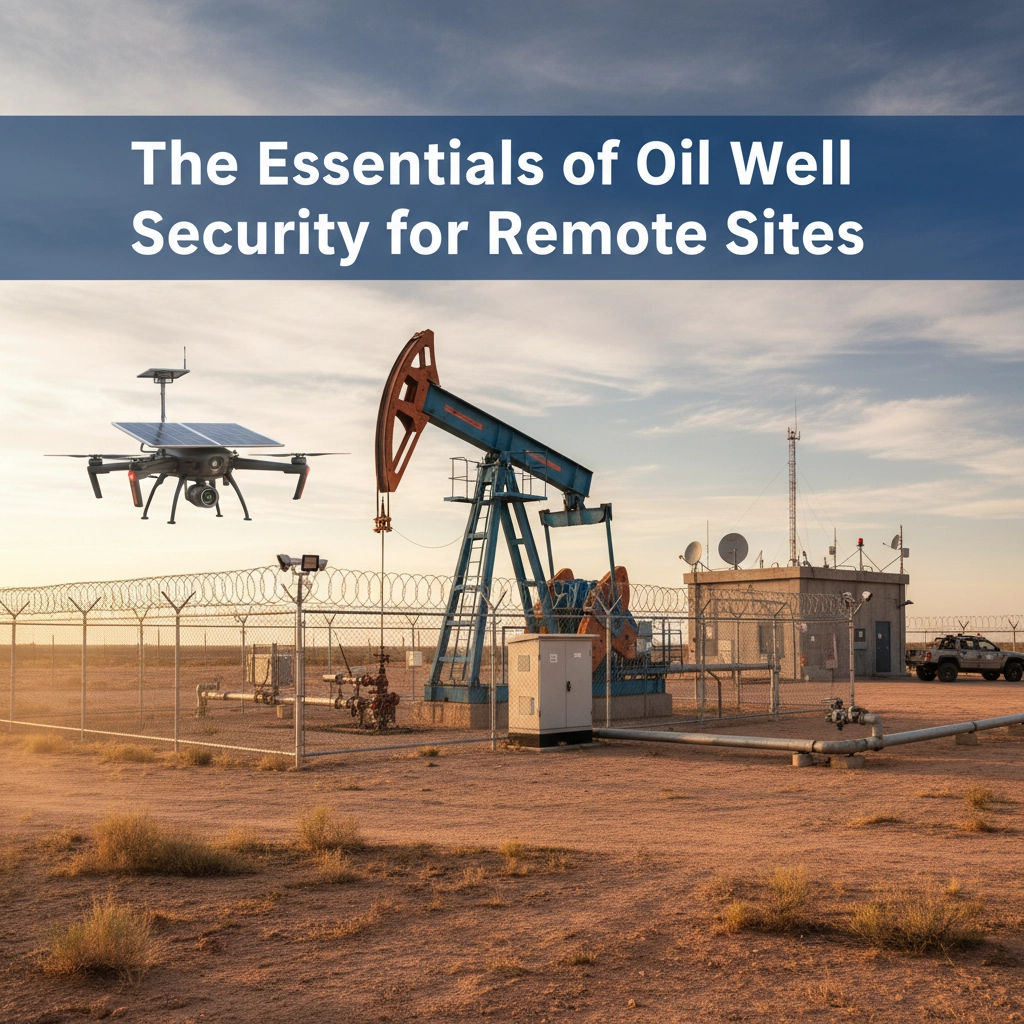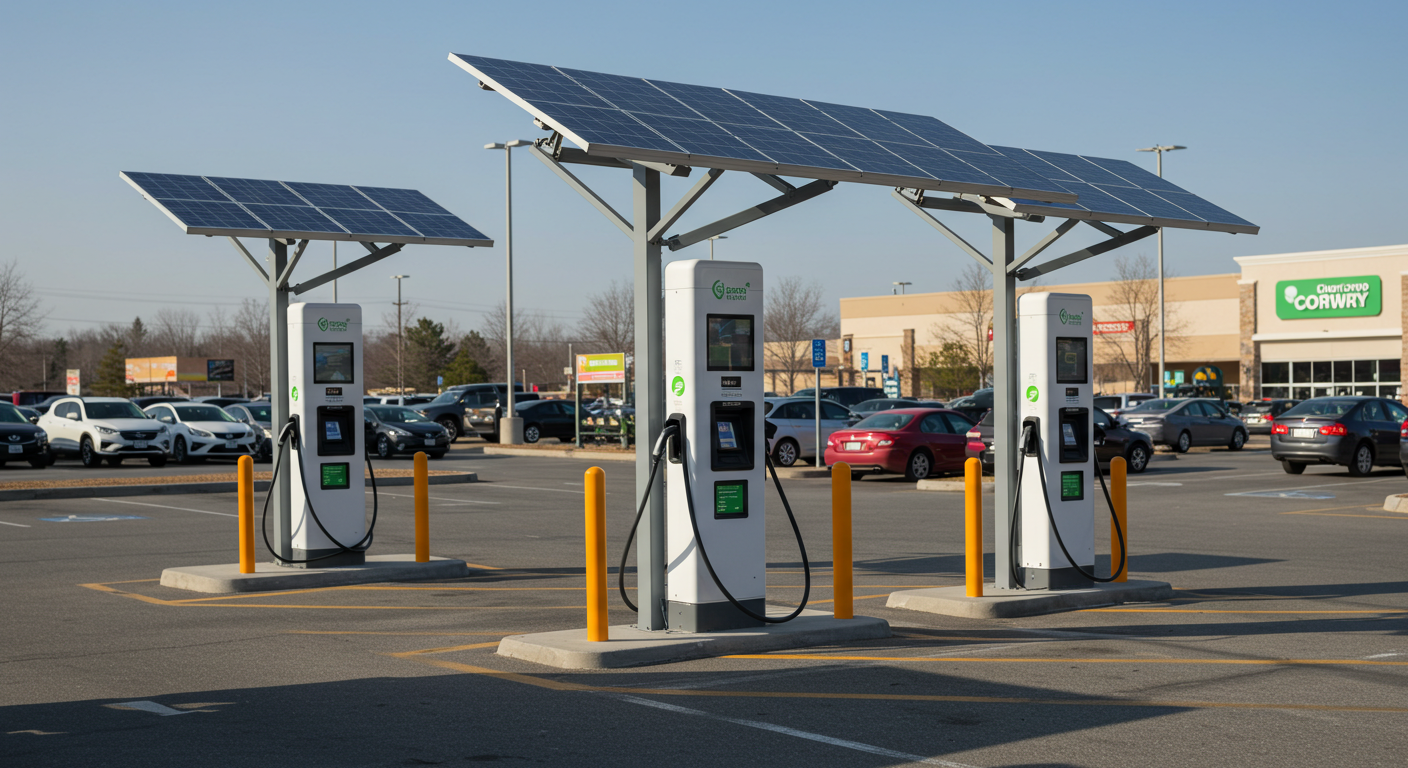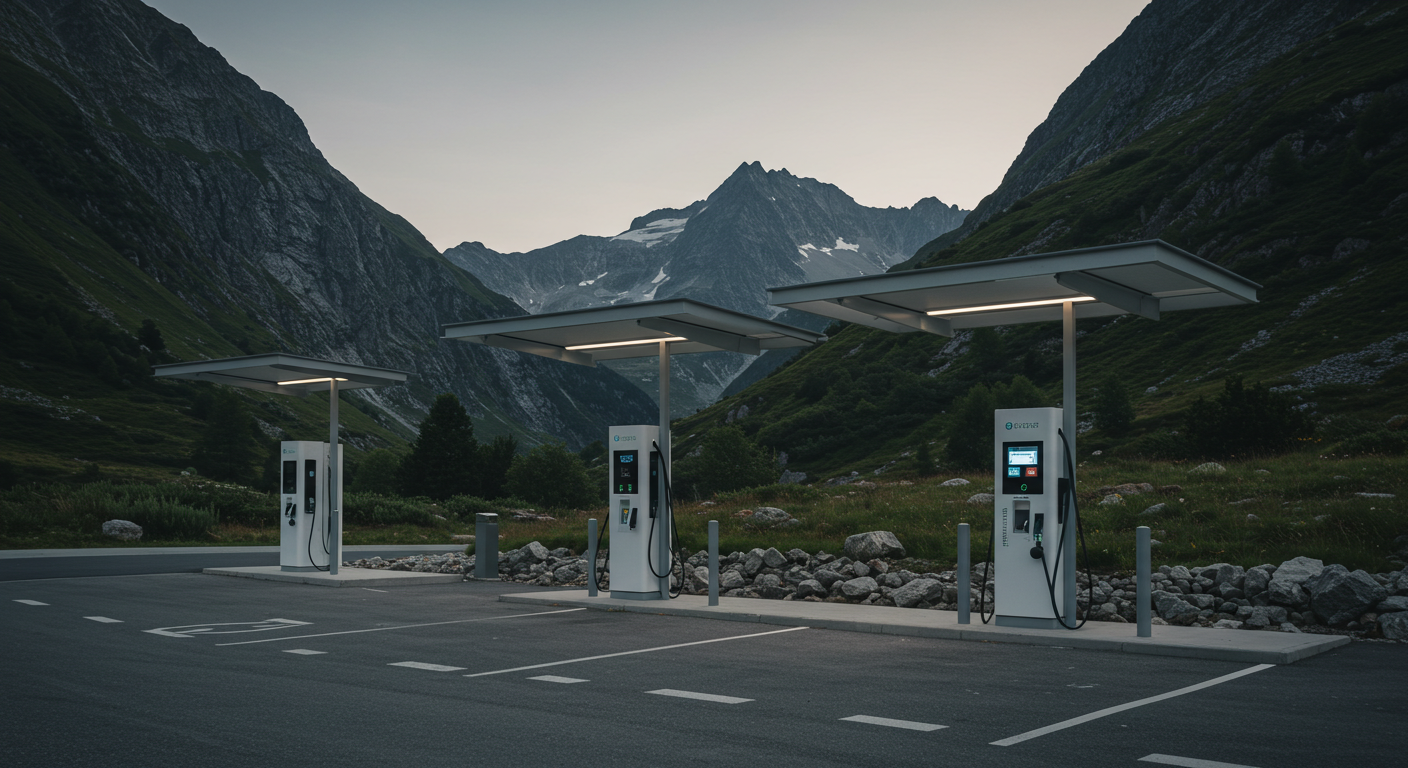Securing remote oil wells presents unique challenges that demand specialized approaches tailored to high-value, isolated environments. When you're tasked with protecting these critical energy assets, you're dealing with a complex security landscape where traditional approaches simply won't suffice. The combination of valuable equipment, harsh operating conditions, and geographic isolation requires comprehensive protection strategies that address both immediate threats and long-term operational needs.
Understanding Your Security Challenge
Remote oil well sites face distinct vulnerabilities that set them apart from conventional industrial facilities. Your security strategy must account for extended response times from law enforcement, limited infrastructure support, and the constant presence of valuable, portable equipment that attracts criminal activity.
Environmental factors compound these challenges. Extreme weather conditions, corrosive atmospheres, and potentially explosive environments demand specialized equipment that can maintain reliable operation under harsh conditions. You'll also need to consider wildlife interference, which can trigger false alarms and compromise system effectiveness if not properly addressed.
The isolation factor works both ways – while it provides natural barriers against casual intrusion, it also means your security systems must function independently for extended periods without immediate technical support or intervention.
Establishing Physical Perimeter Defense
Create Robust Barrier Systems
Your first line of defense begins with establishing clear, visible boundaries around your facility. Install high-quality perimeter fencing designed to withstand environmental conditions specific to your location. This fencing serves multiple purposes: it deters unauthorized access, clearly defines secure areas, and provides a psychological barrier that reinforces the serious nature of site security.
Position your fencing strategically to channel any potential intruders toward monitored access points where your surveillance systems can capture detailed information. Consider the terrain when planning fence placement – natural barriers like ravines or rocky outcroppings can enhance your perimeter while reducing infrastructure costs.
Design Strategic Access Control Points
Limit and control all entry and exit points to maintain comprehensive oversight of personnel and vehicle movements. Each access point should feature robust gate systems with integrated monitoring capabilities. Your access control design should facilitate legitimate operations while maintaining security protocols.
Install vehicle barriers and inspection areas at main entrances to allow thorough screening of incoming traffic. These controlled checkpoints become critical data collection points where you can verify credentials, log activities, and maintain detailed records of all site access.
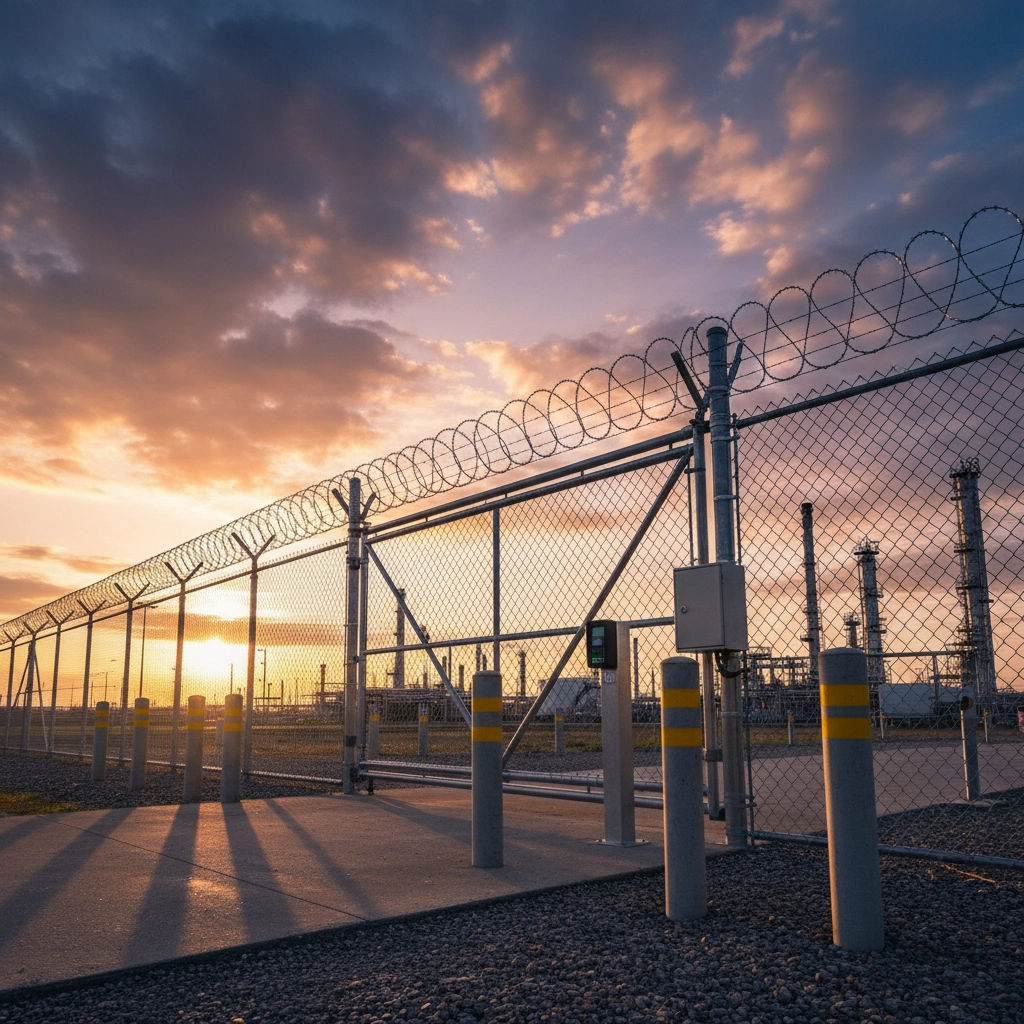
Implementing Advanced Surveillance Technologies
Deploy High-Definition Camera Systems
Your surveillance foundation relies on strategically positioned camera systems that provide comprehensive site coverage without blind spots. Install high-definition cameras with thermal imaging capabilities at critical locations including wellheads, equipment storage areas, and perimeter sections.
Thermal imaging cameras offer exceptional value in oil well environments by detecting heat sources, identifying potential equipment malfunctions, and maintaining visibility during adverse weather conditions. These systems prove particularly effective for monitoring perimeter areas during nighttime operations and can distinguish between legitimate wildlife activity and potential security threats.
Utilize Pan-Tilt-Zoom Technology
PTZ cameras provide dynamic coverage of large areas while allowing operators to focus on specific incidents as they develop. Position these systems to cover critical infrastructure including production equipment, storage facilities, and helicopter landing areas. The ability to zoom in for detailed observation while maintaining wide-area awareness makes PTZ cameras invaluable for comprehensive site monitoring.
Integrate Explosion-Proof Equipment
The hazardous nature of oil production environments necessitates specialized equipment designed for potentially explosive atmospheres. Select cameras and housing systems that meet appropriate safety certifications for your specific operating environment. These ruggedized systems must maintain reliable operation while ensuring they don't introduce additional safety risks to your facility.
Weather-resistant housings protect your investment while ensuring continuous operation during extreme conditions. Choose systems specifically designed for maritime or industrial environments that can withstand temperature extremes, corrosive atmospheres, and mechanical vibrations common in oil production facilities.
Leveraging Intelligent Monitoring Systems
Implement AI-Powered Analytics
Modern security systems enhance effectiveness through artificial intelligence that automatically identifies unusual activities or equipment behaviors. Configure your AI analytics to flag predetermined security events while reducing false alarms that can overwhelm monitoring personnel.
These intelligent systems learn normal operational patterns and alert operators when activities fall outside established parameters. You can customize detection algorithms to recognize specific threats relevant to your facility while filtering out routine operational activities that might otherwise trigger unnecessary alerts.
Integrate with Operational Systems
Your security systems should seamlessly interface with existing facility monitoring technologies including temperature sensors, pressure monitoring systems, and production control networks. This integration provides comprehensive situational awareness by correlating security events with operational data.
When security alerts coincide with equipment alarms or operational anomalies, integrated systems provide context that enables more informed response decisions. This holistic approach ensures your security measures enhance rather than complicate existing operational procedures.
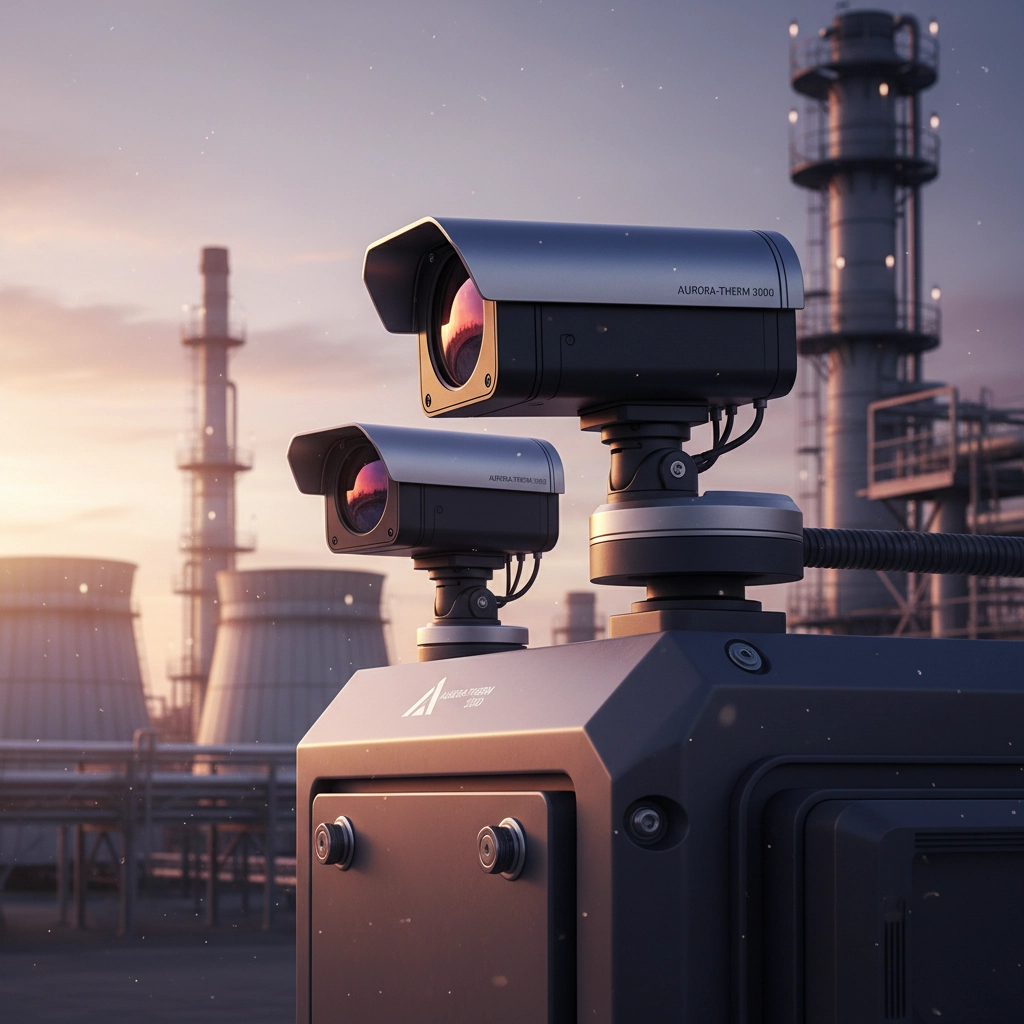
Addressing Power and Connectivity Requirements
Establish Sustainable Power Solutions
Remote locations often lack reliable grid power, making sustainable energy solutions critical for continuous security system operation. Solar panel arrays combined with battery storage systems provide reliable power for surveillance equipment in off-grid locations. Size your power systems to handle extended periods of low solar generation while maintaining full operational capability.
Wind generation systems can complement solar installations in appropriate locations, providing additional power diversity and improved system reliability. Design your power infrastructure with redundancy to ensure security systems remain operational even during equipment failures or extreme weather events.
Ensure Reliable Communication Infrastructure
Maintaining connectivity for data transmission to central monitoring stations requires robust communication solutions tailored to remote environments. Satellite communication systems provide reliable connectivity regardless of terrestrial infrastructure limitations, though you should consider data transmission costs when designing your monitoring protocols.
Implement redundant communication paths using multiple technologies to ensure continuous connectivity. Cellular, microwave, and satellite systems each offer different advantages and limitations, so combining multiple approaches provides optimal reliability for critical security communications.
Developing Implementation Strategies
Conduct Comprehensive Risk Assessments
Begin your security planning with thorough risk assessments that identify specific threats relevant to your location and operations. Consider historical crime patterns, regional security challenges, and facility-specific vulnerabilities when developing your protection strategy.
Update your risk assessments regularly to account for changing conditions, new threats, or operational modifications that might affect your security posture. This ongoing evaluation ensures your protection measures remain current and effective as conditions evolve.
Plan Strategic Equipment Placement
Optimize camera positioning to eliminate blind spots while providing overlapping coverage in critical areas. Consider lighting conditions, weather patterns, and operational requirements when determining optimal placement locations. Your surveillance design should prioritize critical infrastructure protection while maintaining comprehensive site visibility.
Test your camera coverage thoroughly during different weather conditions and times of day to identify potential visibility issues. Adjust positioning or add supplementary lighting as needed to ensure consistent monitoring capability.
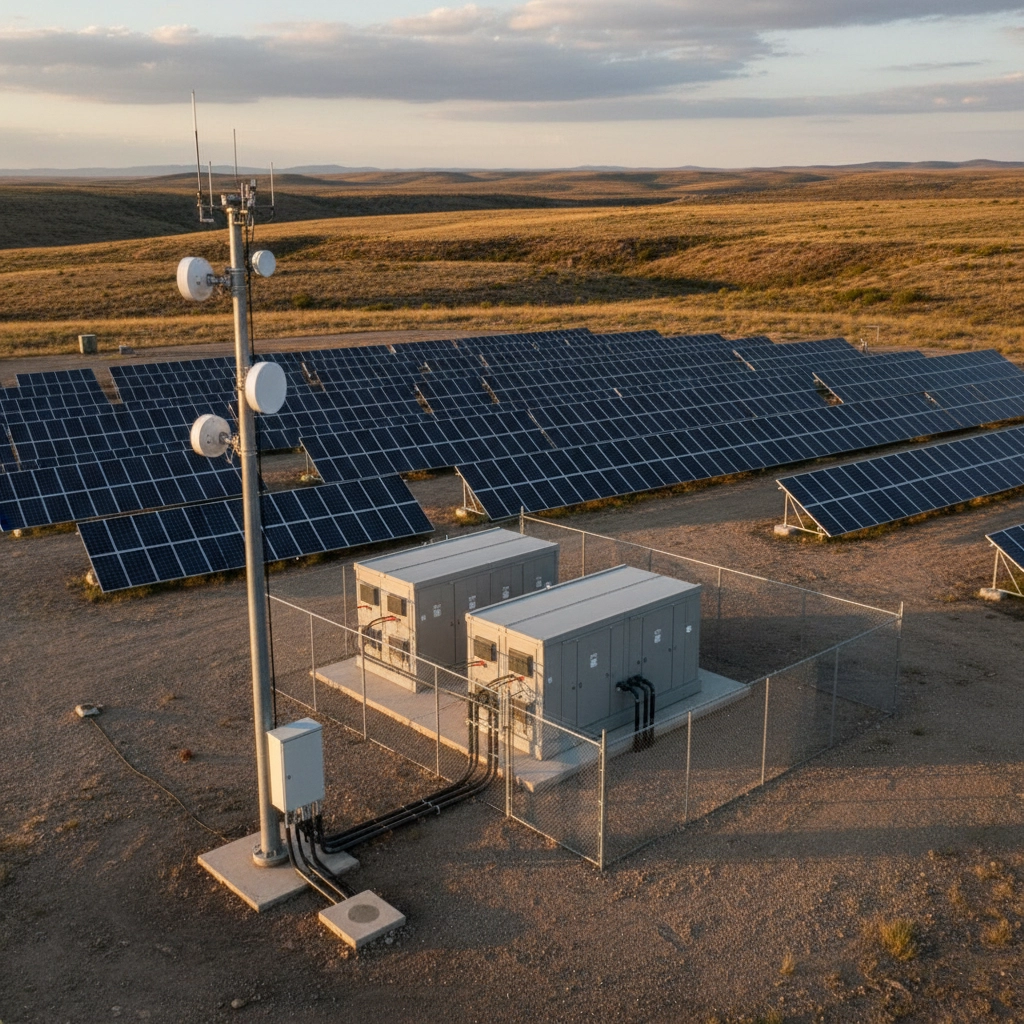
Maintaining Long-Term Effectiveness
Establish Regular Maintenance Protocols
Develop comprehensive maintenance schedules that address the unique challenges of remote operations. Your maintenance planning should account for limited access during certain weather conditions and the extended logistics requirements for equipment servicing in remote locations.
Implement predictive maintenance approaches using system diagnostics and performance monitoring to identify potential issues before they compromise security effectiveness. This proactive approach minimizes system downtime and reduces the need for emergency service calls to remote locations.
Train Personnel Effectively
Ensure all personnel understand system capabilities, limitations, and proper operating procedures. Regular training updates keep operators current on new technologies and evolving threat patterns. Your training program should address both routine operations and emergency response procedures.
Cross-train multiple personnel on critical systems to ensure continued operation during personnel changes or emergency situations. This redundancy in human resources parallels the technical redundancy built into your security infrastructure.
Monitor System Performance
Implement continuous performance monitoring to track system effectiveness and identify areas for improvement. Regular performance reviews help optimize system configurations and identify upgrade opportunities that enhance overall security posture.
Document security incidents and system responses to build institutional knowledge and improve future response protocols. This documentation becomes valuable for training purposes and helps justify security investments to management and stakeholders.
Your remote oil well security strategy succeeds through comprehensive planning that addresses the unique challenges of isolated, high-value industrial operations. By combining robust physical security measures with advanced surveillance technologies and intelligent monitoring systems, you create multiple layers of protection that work together to safeguard critical energy assets while ensuring personnel safety in challenging remote environments.
